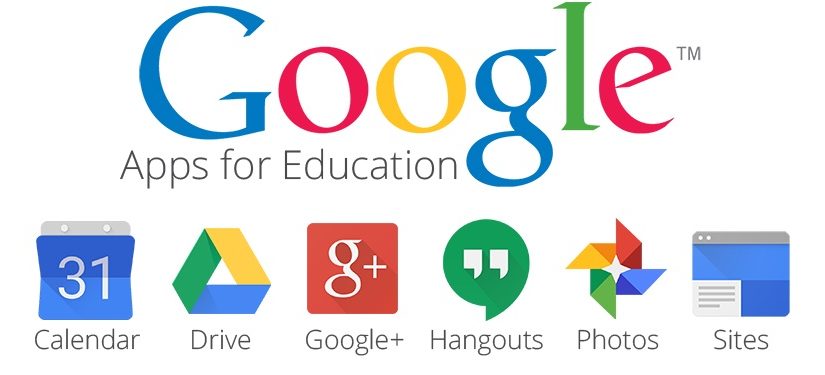Most people will agree that technology has been securely woven into practically every aspect of our lives. We rely on it for entertainment, shopping, cooking, communication, you name it. The education sector is no different. As we think about the prospects for today’s students and the jobs of the future, how do we ensure that all students are being prepared to succeed in the global technology economy?
It is no secret that there are often disparities between schools in affluent communities versus schools in low-socioeconomic communities. The disparities come in the form of dollars allocated, number of quality teachers that choose to work in high-poverty schools, and the educational support that can be provided to students. Technology in education has been touted as the great equalizer to create equity. A closer look reveals that it is not a matter of having access to the latest model tablet or computer that makes the difference; it is how the technology is being used.
Stanford professors, Linda Darling-Hammond and Shelley Goldman, at the Stanford graduate School of Education and doctoral student, Molly Zielezinsi, conducted a review of over 70 research studies that confirm the positive effects of technology use in the classroom with at risk students. They found that when students are “given access to appropriate technology used in thoughtful ways, all students—regardless of their respective backgrounds—can make substantial gains in learning and technological readiness”.
There are steps that districts, teachers, and students can take to increase technology proficiency for students. Behind school safety, student achievement is the number one priority of schools. It is so important that it is mandated by laws such as Every Student Succeeds Act (ESSA), signed in 2015, which replaced No Child Left Behind Act (NCLB) of 2001. With the ongoing debate over public school funding being diverted to charter schools and family dissatisfaction with their child’s progress in public schools, districts should be adamant about student achievement and acting on the premise that student achievement is the utmost priority. Boasting effective technology integration and past/current student competencies in the form of digital certifications and overall student achievement will help schools brand themselves and stand out from the competition. This ultimately leads to increased funding for public schools.
School Districts / Administrators
To begin with, administrators and school districts can create policies to ensure that the network infrastructure at schools are able to support the capabilities of purchased technologies. This includes providing access to speedy internet connections and supplying one-to-one technology access. There are many services offered by local companies that will custom create a solution for districts. One such service is the company WiFi as a Service. This company is dedicated to helping schools fully embrace technology in a budget-friendly manner. Administrators can further show support for technology integration by providing ample time for teachers to collaborate with each other on technology initiatives from blended learning environments to opportunities to use technology to enhance curriculum goals.
Teachers
Teachers should teach students digital citizenship skills. They should also incorporate technology into their lessons to increase student ownership of learning and provide multiple and creative avenues for students to show their learning. Integrating technology helps to keep students engaged. The more engaged students are, the more they learn. This cuts down on disruptions in class that impact the learning of other students and the learning of the disruptive student himself. Teachers may also use to technology to assist with assessing student ability and for tracking data of student performance in a more manageable manner.
Parents
Parents want their children prepared for the future, not a victim of the future due to unpreparedness or inability. In spite of what happens at the schoolhouse, parents create the family conditions at their house. Parents can take an active role in support their child’s learning in the area of technology. If parents can provide technology such as phones, tablets, computers, and even game consoles, they can learn beside their children to get familiar with the features of the device. They may complete tutorials together and increase their own awareness of the devices’ features and attributes. This provides for bonding moments and will build mutual respect and appreciation between parent and child even into the teen years.
REFERENCES
Alliance for Excellent Education. (2014 September 10). Technology can close achievement gaps, improve learning. Stanford Graduate School of Education. Retrieved from, https://ed.stanford.edu/news/technology-can-close-achievement-gaps-and-improve-learning-outcomes
Herrold, B. (June 12, 2017) Retrieved from https://www.edweek.org/ew/articles/2017/06/14/poor-students-face-digital-divide-in-teacher-technology-training.html
Mareco, D. (2017 July 28). 10 Reasons Today’s Students NEED Technology in the Classroom.Retrieved from, https://www.securedgenetworks.com/blog/10-reasons-today-s-students-need-technology-in-the-classroom
Written by Abena D. Petruso
July 10, 2019

